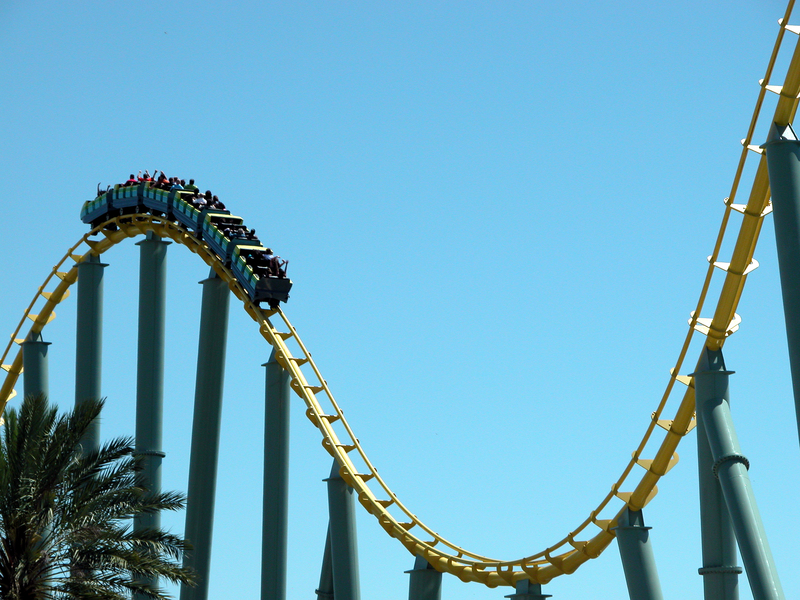What does a favorite amusement park ride have to do with passing kidney stones? According to new research, all the jostling and bumping around during a roller coaster ride can often help people pass kidney stones.
A recent study by researchers from Michigan State University, conducted at Florida’s Disney World, found that riding a roller coaster resulted in passing three kidney stones from a model kidney 70 per cent of the time, according to a September 28 report in the Huffington Post.
Kidney stones are small, hard mineral deposits that form inside the kidneys and can be very painful to pass. Although family history increases your risk for developing kidney stones, diet, dehydration, high blood pressure and obesity can also cause stones to form.
The study also determined the ideal ride to dislodge kidney stones would include sharp turns and quick drops but would not exceed a speed of 40 mph or turn passengers upside down, potentially pinning stones to the walls of the kidney. In the experiment, Big Thunder Mountain was the only roller coaster that worked to pass the kidney stones and sitting in the back of the ride increased success rates.
While many people will opt for more traditional methods for kidney stone removal, including lithotripsy (using shock waves to break up the stone) or removal with surgery, roller coaster “treatment” would only be recommended for stones smaller than 3 mm.
Older adults should consult with their doctor before riding; heart, neck or back conditions could be worsened by the physical stress of a coaster. Changes in blood pressure or heart conduction as people age could also make the sudden increases in speed experienced on today’s intense rides cause for concern.
To learn more about the symptoms, causes and treatment of kidney stones, visit the National Kidney Foundation website .






Add Your Voice
0 Comments
Join the Discussion